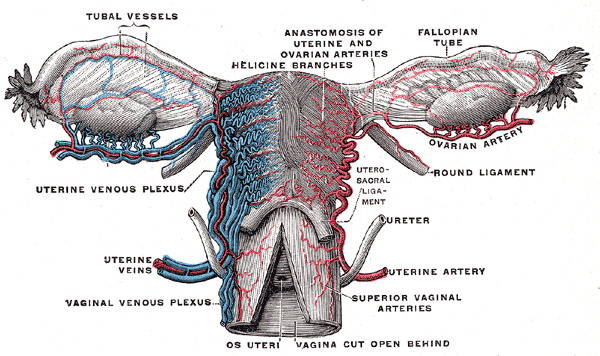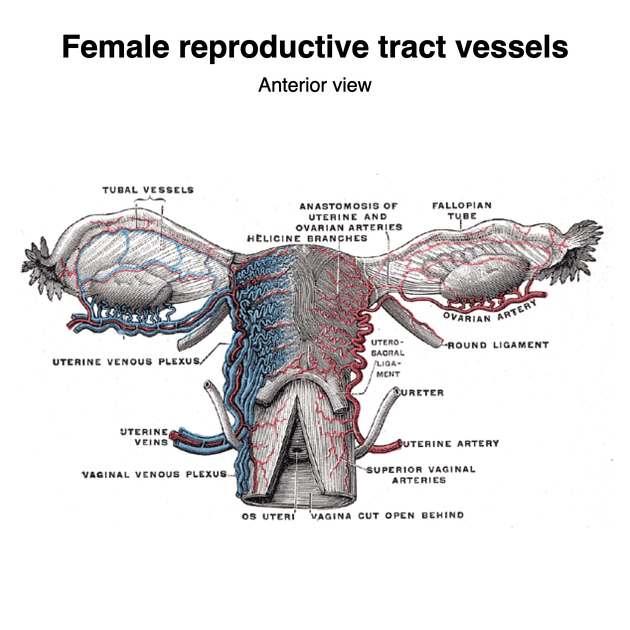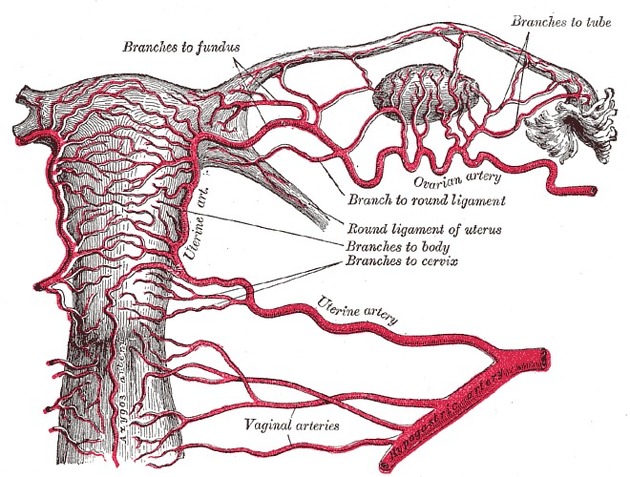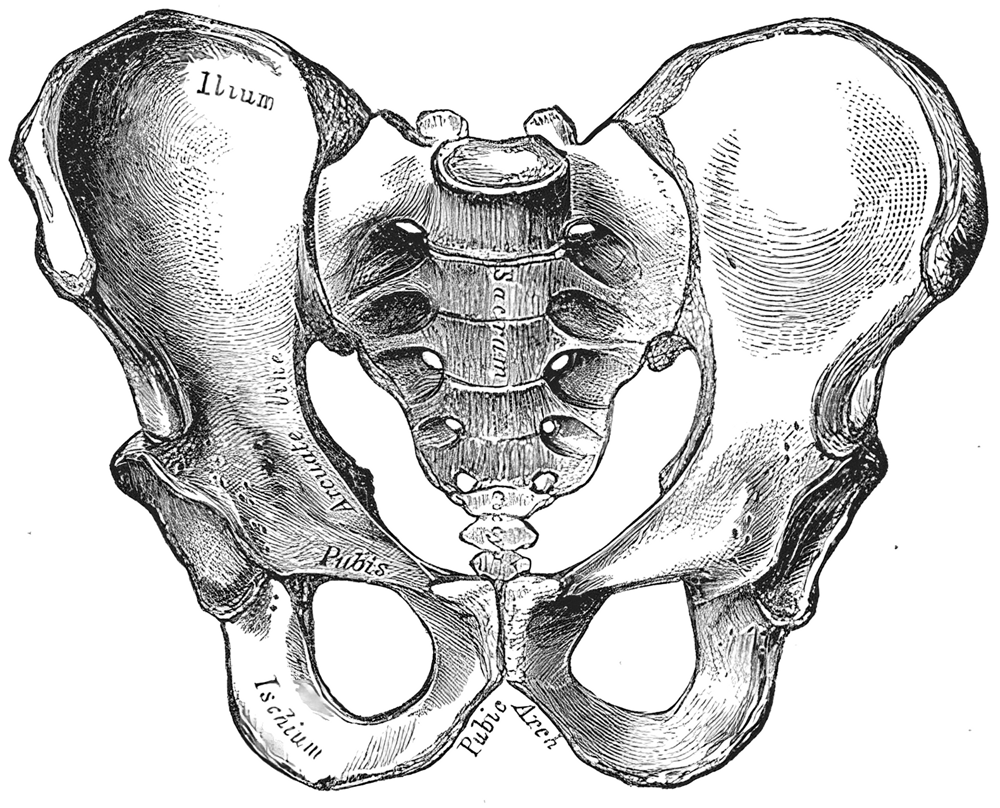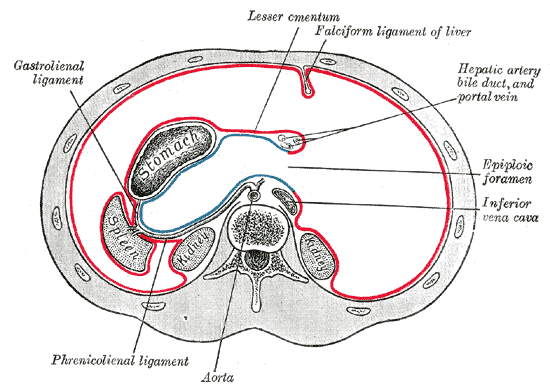urinary bladder
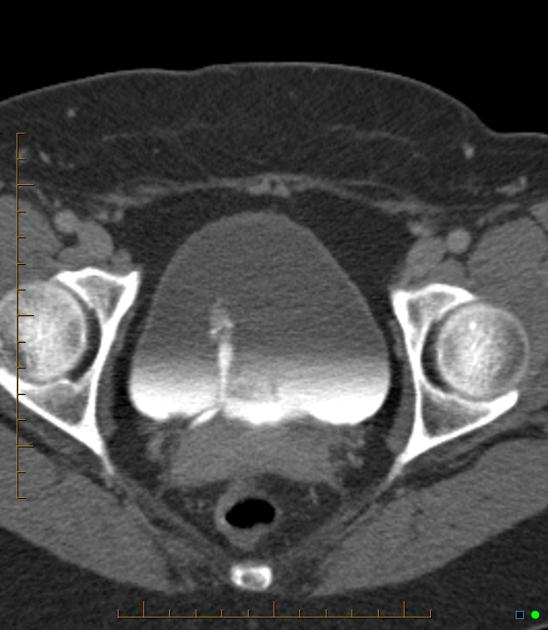
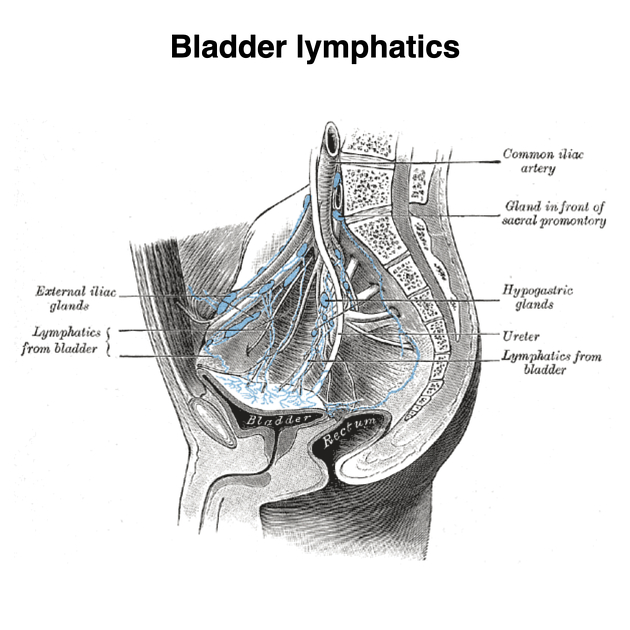

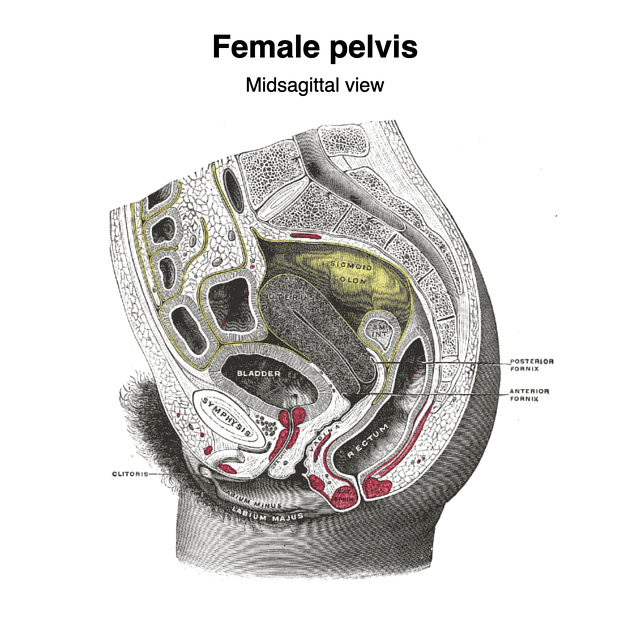
The urinary bladder (more commonly just called the bladder) is a distal part of the urinary tract and is an extraperitoneal structure located in the true pelvis. Its primary function is as a reservoir for urine.
Gross anatomy
The bladder has a triangular shape with a posterior base (a.k.a. fundus), an anterior apex and an inferior neck with two inferolateral surfaces. It is lined with a rough, trabeculated transitional cell epithelium except at the trigone.
The trigone is a triangular area of smooth mucosa found on the internal surface of the base. The superolateral angles are formed by the ureteric orifices and the inferior angle is formed by the internal urethral orifice.
As men age, the trigone overlying the mid portion of the central zone of the prostate may start to protrude as the prostate enlarges forming a mild hemispherical elevation proximal to the internal urinary sphincter, which is called the uvula of the bladder .
The urethra arises from the neck of the bladder and is surrounded by the internal urethral sphincter.
As the bladder fills with urine it becomes ovoid in shape and extends superiorly into the abdominal cavity. Contraction is facilitated by the detrusor muscle.
Arterial supply
- upper part in both males and females: superior vesical artery
- lower part:
- males: inferior vesical artery
- females: vaginal artery
All of which are branches from the anterior division of internal iliac artery .
Venous drainage
- male: vesical and prostatic venous plexus via similarly named veins to the internal iliac veins and internal vertebral veins
- female: vesical and uterovaginal plexuses draining into the internal iliac veins
Lymphatic drainage
- upper part: lymphatic vessels pass to external iliac lymph nodes
- lower part: lymphatic vessels pass to internal iliac lymph nodes
Innervation
- autonomic innervation from the vesical nerve plexus (composed of sympathetic and parasympathetic nerve fibers)
- sympathetic: reach the pelvic and subsequently the vesical plexus via hypogastric nerves (from the inferior mesenteric ganglion which in turn is supplied by the lumbar splanchnic nerves from the sympathetic lumbar outflow)
- parasympathetic: reach the pelvic and subsequently the vesical plexus via pelvic splanchnic nerves (from the parasympathetic sacral outflow)
- somatic innervation is via the pudendal nerves
- the hypogastric, pelvic splanchnic and pudendal nerves all have afferent components
For an account of the functional anatomy of micturition, refer to bladder neuroanatomy. .
Relations - male
- anteriorly: pubic symphysis
- posteriorly: rectovesical pouch and rectum
- inferiorly: prostate, obturator internus muscle, levator ani muscle
- superiorly: peritoneum
- laterally: ischioanal fossa
Relations - female
- anteriorly: pubic symphysis
- posteriorly: vesicouterine pouch, uterus, cervix, vagina
- inferiorly: pelvic fascia, perineal membrane
- superiorly: uterus, peritoneum
- laterally: ischioanal fossa
Variant anatomy
- double bladder: receives ipsilateral ureter and has a separate urethra
- septation: septum may divide the bladder internally into two or more compartments
- agenesis: persistence of the cloaca
- ureterocele: dilation of the intravesical part of the ureter
Radiographic features
Unsurprisingly, the bladder is usually easier to evaluate when full, and it is sometimes difficult to identify when completely empty.
Plain radiographs
The bladder may be seen as a rounded soft tissue mass .
Fluoroscopy
Cystography can be performed where the bladder is filled with contrast either via an antegrade or retrograde technique.
Ultrasound
Bladder wall is best assessed with this modality - it should not exceed 3-5 mm in thickness. Ureteric jets can be assessed using color Doppler ultrasound .
MRI
- T1: bladder wall and contents are homogeneous low signal
- T2: bladder wall is low signal and urine is high signal, allowing for contrast between the two
Related pathology
Siehe auch:
- Arteria iliaca interna
- Uterus
- Vagina
- Becken
- Cervix
- peritoneal cavity
- Rektum
- Bauchhöhle
- urinary bladder injury
und weiter:

 Assoziationen und Differentialdiagnosen zu Harnblase:
Assoziationen und Differentialdiagnosen zu Harnblase:
